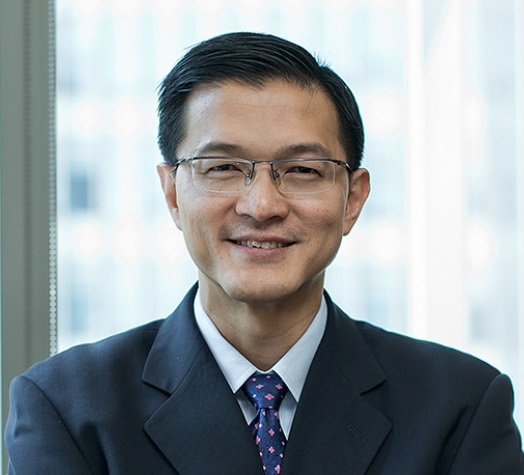Ik Wei Chong, Clyde + Co, Shanghai
On 15 July 2015, the Supreme People’s Court published “The Supreme People’s Court’s Reply to the Request Made by Shanghai High Court and Others in Relation to the Judicial Review on the Arbitration Awards Issued by China International Economic and Trade Arbitration Commission and its Previous Sub-Commissions etc.” (最高人民法院关于对上海市高级人民法院等就涉及中国国际经济贸易仲裁委员会及其原分会等仲裁机构所作仲裁裁决司法审查请示问题的批复) (the “Reply”). Coming into force on 17 July 2015, the Reply finally puts to rest the long-drawn and controversial jurisdictional issues following the breakaway of two key CIETAC Sub-Commissions.
In late 2012, South China Sub-Commission broke away from CIETAC Beijing and changed its name to Shenzhen Centre of International Arbitration (SCIA) (华南经济贸易仲裁委员会/深圳国际仲裁院). Not long after this, in early 2013, CIETAC Shanghai Sub-Commission also broke away from CIETAC Beijing and changed its name to Shanghai International Arbitration Centre (上海国际经济贸易仲裁委员会/上海国际仲裁中心) (SHIAC). As it transpires over the last 2 years, the breakaway has brought about considerable uncertainty and confusion on jurisdiction of cases emanating from agreements providing for arbitration before these two Sub-Commissions.
On 31 December 2014, the Shanghai No.2 Intermediate People’s Court confirmed SHIAC’s position as an independent arbitration institution and held that SHIAC has the power to arbitrate and render arbitration awards. A week later on 6 January 2015, the Shenzhen Intermediate People’s Court also recognised and endorsed the independence and legitimacy of SCIA. For details and our comments on these decisions, please refer to our February 2015 legal update.
Whilst the legitimacy of SHIAC and SCIA had been confirmed by the local judiciary, the issue remained unresolved as to whether cases providing for arbitration at CIETAC Shanghai / South China Sub-Commissions should be referred to CIETAC Beijing or the newly and independently established SHIAC / SCIA. There was a dire need for written guidance from the Supreme People’s Court to resolve this thorny issue once and for all.
Against this backdrop, the Supreme People’s Court acted swiftly in issuing the Reply on 15 July 2015. Express guidance on jurisdiction following the breakaway of the CIETAC Sub-Commissions is now stipulated in the Reply and the key points are summarised as follows:
- Cases emanating from arbitration agreements concluded before the change of name into SCIA / SHIAC referring the arbitration to “CIETAC South China Sub-Commission” (中国国际经济贸易仲裁委员会华南分会) i.e. on / around 22 October 2012 / “CIETAC Shanghai Sub-Commission (中国国际经济贸易仲裁委员会上海分会) i.e. on /around 11 April 2013 shall be subject to the respective jurisdiction of SCIA / SHIAC.
- Cases emanating from arbitration agreements concluded on or after the date of name change but before the Reply comes into force (up to 16 July 2015) referring the arbitration to “CIETAC South China Sub-Commission” / ” CIETAC Shanghai Sub-Commission” shall be subject to the jurisdiction of CIETAC. However, if such a case has already been referred to SCIA / SHIAC and the respondent in question did not mount a jurisdictional challenge, SCIA / SHIAC shall continue to have jurisdiction.
- Cases emanating from arbitration agreements concluded on or after 17 July 2015 (i.e. the date on which the Reply comes into force) referring the arbitration to “CIETAC South China Sub-Commission” / “CIETAC Shanghai Sub-Commission” shall be subject to the jurisdiction of CIETAC.
Comments
The Reply is much anticipated by users and providers of arbitration legal services in China. It clears up the deep-seeded and long-drawn confusion and uncertainty on the jurisdictional battles between SHIAC / SCIA and CIETAC. The Reply also endorses the two recent decisions of the Shanghai Intermediate People’s Court and the Shenzhen Intermediate People’s Court in recognising the independence of SHIAC / SCIA. It is yet another testimony to the supportive attitude of the Supreme People’s Court towards arbitration in China generally and it is very much welcomed by the arbitration fraternity.

